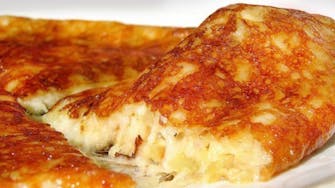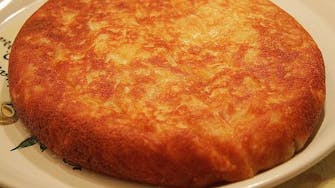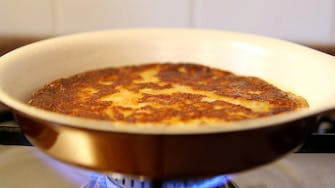Frico, one of the many gems among the typical Italian regional dishes, inexplicably enjoys the deserved notoriety almost exclusively in its region of origin, Friuli Venezia Giulia, while it is practically unknown elsewhere.
The reason is probably due to the fact that it is a particularly caloric dish because of its poor origins.
In fact, frico was conceived as a food for the men who went to work the fields at dawn, a food that had to fulfill at least two tasks: to burden the domestic economy as little as possible and to adequately sustain the efforts of the workers.
In the past in Carnia (the mountain area where frico had its origins), nearly every farming family owned at least one cow whose milk, given to the local dairy, provided a precious source of income, however minimal, and the entitlement to receive a specific quantity of cuttings from the cheese processing, the strissulis.
It was with these cheese pieces that the housewife skilfully made a dish of extraordinary energy richness thanks to the addition of a few products from the garden: some potatoes, an onion, maybe an egg and - on the most rigid days - a few slices of pork bacon.
Today frico can boast an almost infinite number of variants, being usually prepared with cheeses of different maturation and with the addition of noble ingredients such as speck in the Sauris area.
A visit to one of the regional taverns where frico is served is always a delightful and stimulating experience, even if a little demanding on the stomach.




